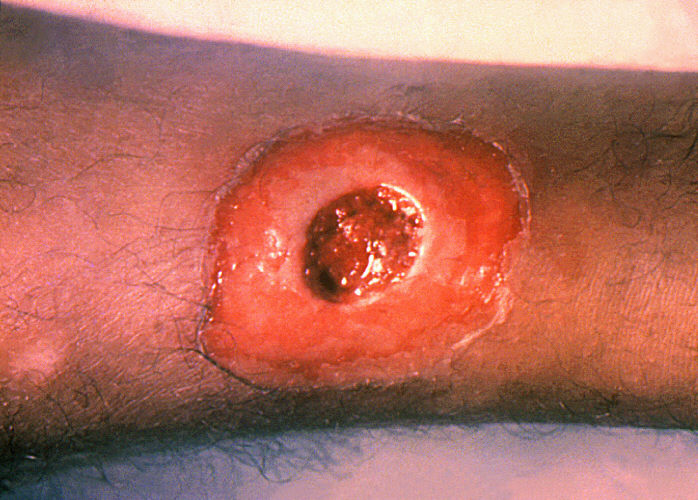Diphtheria history and symptoms
|
Diphtheria Microchapters |
|
Diagnosis |
|---|
|
Treatment |
|
Case Studies |
|
Diphtheria history and symptoms On the Web |
|
American Roentgen Ray Society Images of Diphtheria history and symptoms |
|
Risk calculators and risk factors for Diphtheria history and symptoms |
Editor-In-Chief: C. Michael Gibson, M.S., M.D. [1]
Please help WikiDoc by adding more content here. It's easy! Click here to learn about editing.
Overview
Signs and symptoms
The respiratory form has an incubation period of 2-5 days. The onset of disease is usually gradual. Symptoms include fatigue, fever, a mild sore throat and problems swallowing. Children infected have symptoms that include nausea, vomiting, chills, and a high fever, although some do not show symptoms until the infection has progressed further. In 10% of cases, patients experience neck swelling. These cases are associated with a higher risk of death.
In addition to symptoms at the site of infection (sore throat), the patient may experience more generalized symptoms, such as listlessness, pallor, and fast heart rate. These symptoms are caused by the toxin released by the bacterium. Low blood pressure may develop in these patients. Longer-term effects of the diphtheria toxin include cardiomyopathy and peripheral neuropathy (sensory type).[1]

The cutaneous form of diphtheria is often a secondary infection of a preexisting skin disease. Signs of cutaneous diphtheria infection develop an average of seven days after the appearance of the primary skin disease.
References
- ↑ Toxic Neuropathies. Neuromuscular Disease Center Washington University, St. Louis, MO USA